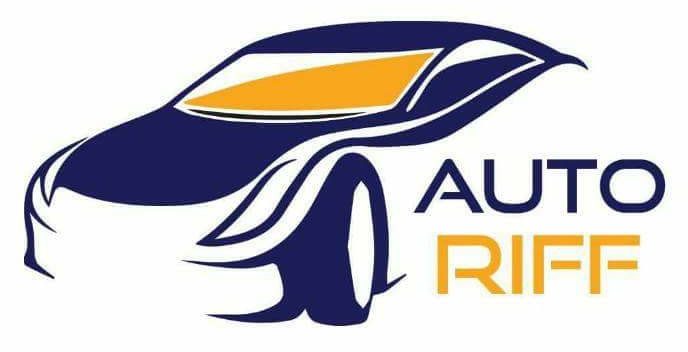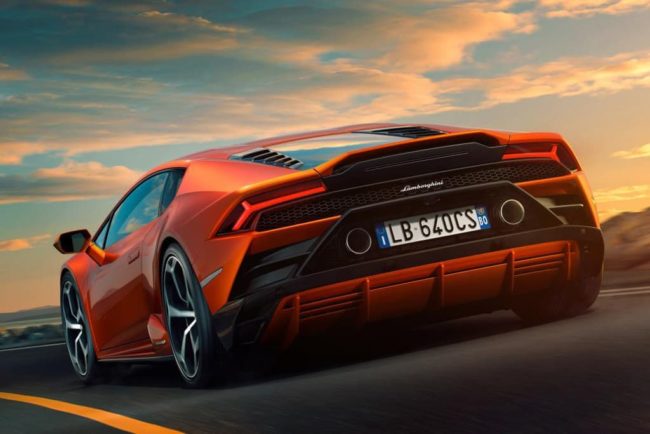The addition of Evo to the Huracan name reflects the ongoing debate within the auto industry over real words versus alphanumeric vehicle naming conventions. For years, Lamborghini has used the LPXXX-X convention as shorthand for describing its models. For instance, the vehicle the Evo replaces was called the Huracan LP610-4. L and P stand for longitudinal posterior in Italian and refer to both the V-10 engine’s orientation (north-south) and position (back half of the car). The number 610 represents the power output (in Italy’s favored unit, cavallinos) while “-4” describes the number of driven wheels.
Lamborghini claims the shift to real words, such as Performante and Evo, makes things easier to understand for the consumer and from a branding perspective, even if global intellectual property rights make it increasingly difficult to secure such names. For that reason and the ease of translation to other languages (like Chinese), other manufacturers pursue alphanumerics with gusto. What has yet to be decided within the halls of Sant’Agata is how Evo will be used. When asked if the hypothetical Performante model would be badged Huracan Evo Performante or Huracan Performante Evo, Reggiani winced and said while he prefers the former, it’s still under deep discussion.
It’s a debate that rages among our staff; some prefer transmission paddle shifters attached to the steering wheel (which follow the wheel through its rotations), while others like them in a fixed position on the steering column. Lamborghini engineers have had the same debate, but settled it in the snow, with prototypes rocking each setup. After driving on a slippery course requiring a lot of steering input, including full lock-to-lock rotations, the vast majority of Lamborghini’s test team agreed that in the end, it was easier to find up- and downshifts when the paddles were fixed to the column. It’s worth noting that Formula 1 cars use wheel-mounted paddles but that the quickness of their steering ratio means maximum rotation (excluding emergency maneuvers) rarely approach 180 degrees.






